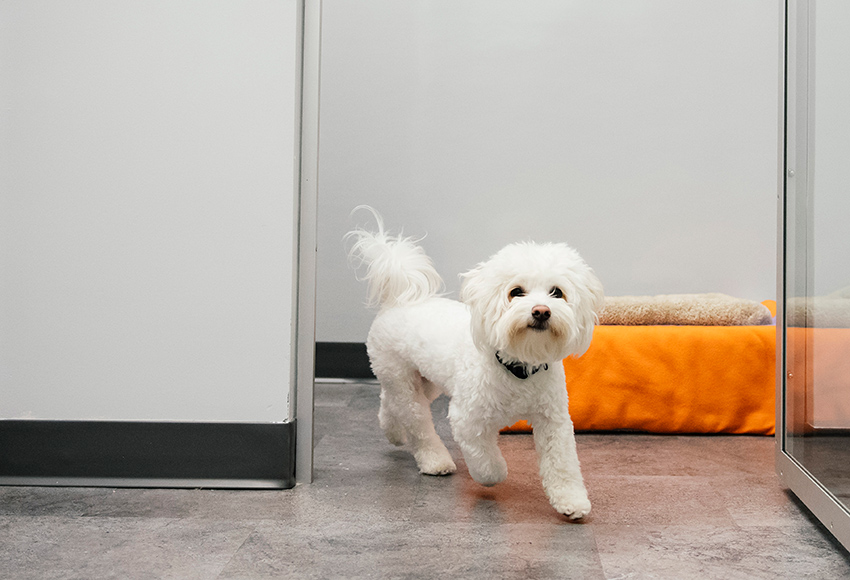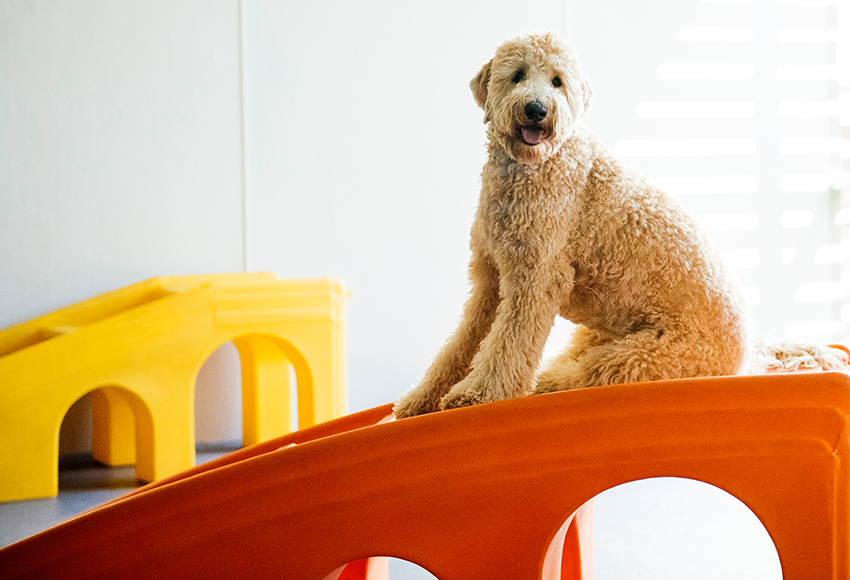Practice Tips for Pet Therapy Certification
May 21, 2024

Testing can be a stressful situation for folks. Add in the dynamics of a dog doing the testing and the uncertainty of performance, and your stress level increases even more. How do you overcome this stress and get you and your pup ready for the certification tests? Practice.
The skills that will be tested in pet therapy will differ by association. Once you find your association you would like to test and volunteer through, get information on their skills required so you can get a head start.
Building a Practice Plan
Most of the programs out there today will likely have most, if not all, the Canine Good Citizen skills on their list. Using the American Kennel Club website as a reference, these include:
- Accepting a friendly stranger

- Sitting politely for petting
- Appearance and Grooming
- Out for a walk
- Walking through a crowd
- Sit and down on cue and stay in place
- Come when called
- Reaction to another dog
- Reaction to distraction
- Supervised separation
The website provides great detail on how the test is administered. In your classes, you will also get details about all the tests that the organization requires for pet therapy – and there will be more. You can expect tests such as moving through a crowd with wheelchairs and crutches or being approached by a loud and wavering individual (which is a great test to simulate strangers approaching the dog in a loud and aggressive fashion). I made it a point to learn all the test requirements and then set up practice sessions.
certification expectations
Our certification course was 6 weeks in length- one class per week for an hour. It may not sound like much, but the real work came outside the classroom in our practice sessions. During those sessions, if you had driven by our house, you would have seen Boomer and me in the driveway each evening for 20-30 minutes (recall that dogs have a short attention span), working through each test. On the weekends, we were taking trips to Home Depot, Starbucks, At Home and anywhere else that allowed dogs inside the facilities. I wanted to expose Boomer to as many different environments as possible. We even went to a local parking garage to practice riding elevators (that may sound strange, but when is the last time your pup has been on an elevator – it’s a different experience for them!).
I cannot stress enough how important it will be to practice multiple times per week. Make trips to these dog-friendly locations multiple times a week as well. The more exposure your pup gets, the more comfortable they will become at test time.
Once we got to the final test, we were well prepared as a team. Just like a professional sports team practices and drills for a big game, we did the same thing for this test. The practice does pay off. Boomer flew through all the tests (over 15 different small tests we had to go through). I swear he did it in record time too. We walked out certified as a complex therapy team, which allowed us to immediately begin visiting schools, hospitals and businesses.
Now that we were an official team, it was time to head out into the real world and start his “new career”.







